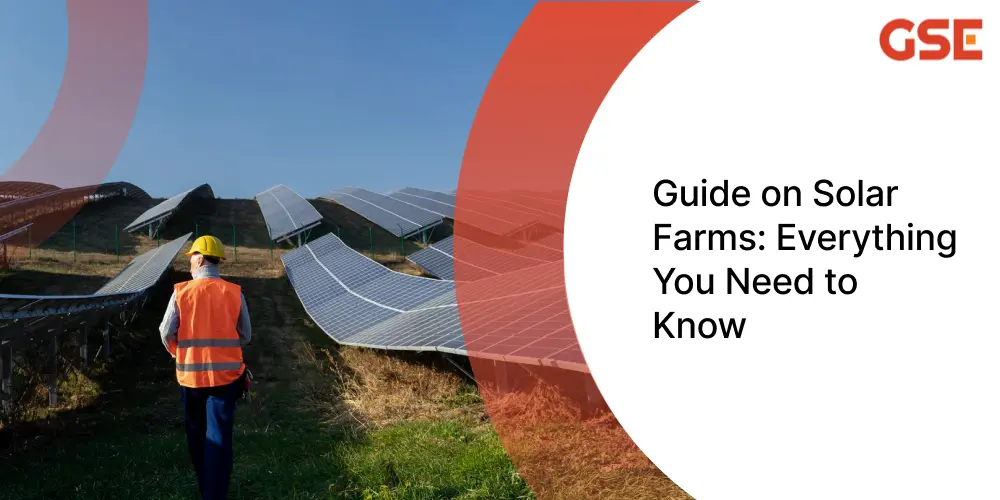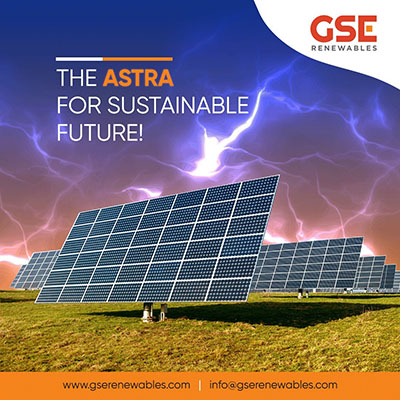500 kW Solar Power Plant Cost in Gujarat: Complete Price & Savings Guide
Nov 26

GSE Renewable Energy offers best solar farm solutions to maximize energy efficiency and save the cost. With a focus on clean, renewable energy, we provide end-to-end solar farm installation, from design to maintenance. We provide solutions to both large-scale and small scale business, to reduce operational costs and achieve long-term energy savings.
We use advanced technology, ensuring the highest performance, minimal maintenance, and reliable energy production in all weather conditions. GSE Renewable Energy also helps you to make use of government incentives, making solar farm investments more affordable.
Our solar farm solutions are fully customizable, allowing you to scale your energy production based on specific requirements. In this blog, we will explore what a solar farm is, the types of solar farms supported by GSE, and designing of solar farm.
A solar farm, also known as a solar power farm, is a large-scale installation of solar panels designed to capture and convert sunlight into electricity. These farms are typically built on open land and connected to the utility grid, supplying power to homes and businesses. Photovoltaic solar farms can be found on various types of land, such as agricultural fields, former industrial sites, and even landfills. Solar farms represent a cost-effective, sustainable, and eco-friendly way to produce electricity without emissions.
GSE Renewable Energy offers a variety of solar farm solutions to suit different energy needs and scales. Our offerings include:
Choosing the right location is crucial for a solar farm’s success. Key factors include:
Designing and building a solar farm involves several key steps to ensure efficient and reliable energy production:
A 1 MW solar farm typically requires 4-5 acres of land. The exact land requirement depends on the specific project and solar panel efficiency.
Yes, solar farms can still generate electricity in cloudy or rainy conditions, although the output will be lower compared to sunny days.
The power generation depends on the size of the solar farm. For example, a 1 MW solar farm can generate enough electricity to power around 200 homes per year.
The construction of a solar farm can take several weeks to a few months, depending on the size and complexity of the project.
While most solar farms are built in rural areas due to land requirements, smaller community solar farms can be installed in urban settings, such as on rooftops or vacant lots.
Yes, regular maintenance is needed to ensure optimal performance. This includes cleaning panels, inspecting equipment, and monitoring energy output.
